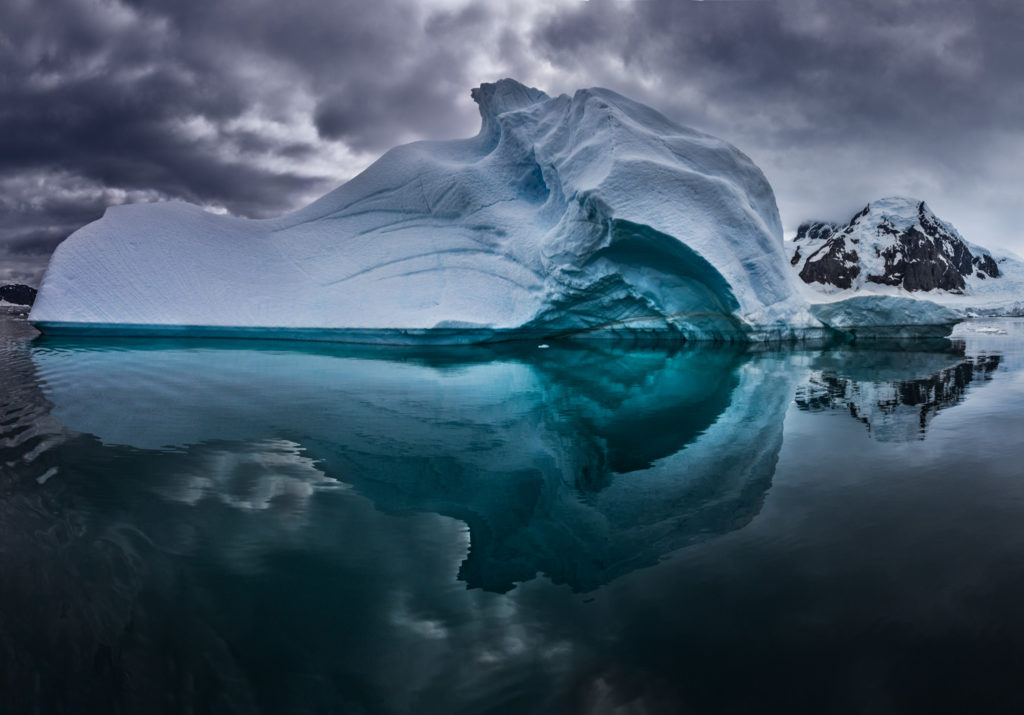
Warning. These images may contain more than one photograph (not always exposed by the artist), digital effects, drawings, invisible metadata, and may be supplemented with text, audio, and video at your discretion. The artist discloses his practices generally but deliberately does not specify which practices are used in a given image to raise questions about how we know what we know, include the viewer in his ongoing practice of becoming more mindful of how we see, and leave room for each individual’s unique experience of the works. These images and the following piece of creative nonfiction are deliberately designed to create some disorientation and more clarity.
“Taking pictures is savoring life intensely, every hundredth of a second.”
Photography is an Adventure
I became a photographer because I wanted to see the world. A camera is a passport for discovery. Because I’m hooked on photography, I go places at times and do things I wouldn’t do otherwise. Photographs give me license to roam, permission to linger, and hunger to go deeper.
Joseph Campbell said, “Follow your bliss. If you do follow your bliss, you put yourself on a kind of track that has been there all the while waiting for you.” I listened and found my bliss in nature, where there have been many magic moments in my creative journey.
February 19, 2007
I drifted through the shimmering waters of Pleneau Bay, Antarctica, “The Iceberg Graveyard,” a floating sculpture garden made of ice with a stunning array of forms; castles, temples, ships, and sea creatures.
September 24, 2010
I flew like a bird over Sossusvlei, Namibia’s million-year-old 1,500′ high coral dunes at the tail end of a week-long sandstorm that scattered rays of light as far as the eye could see.
December 15, 2012
I walked on the sky in the thin watery mirror on Uyuni, Bolivia’s largest salt flat in the world, ringed by lightning and rainbows.
January 25, 2013
I stood transfixed behind Iceland’s Seljalandsfoss waterfall, my body vibrating with its sound, as the sun set, changing the cataract’s color from white to gold to rose to lavendar to charcoal.
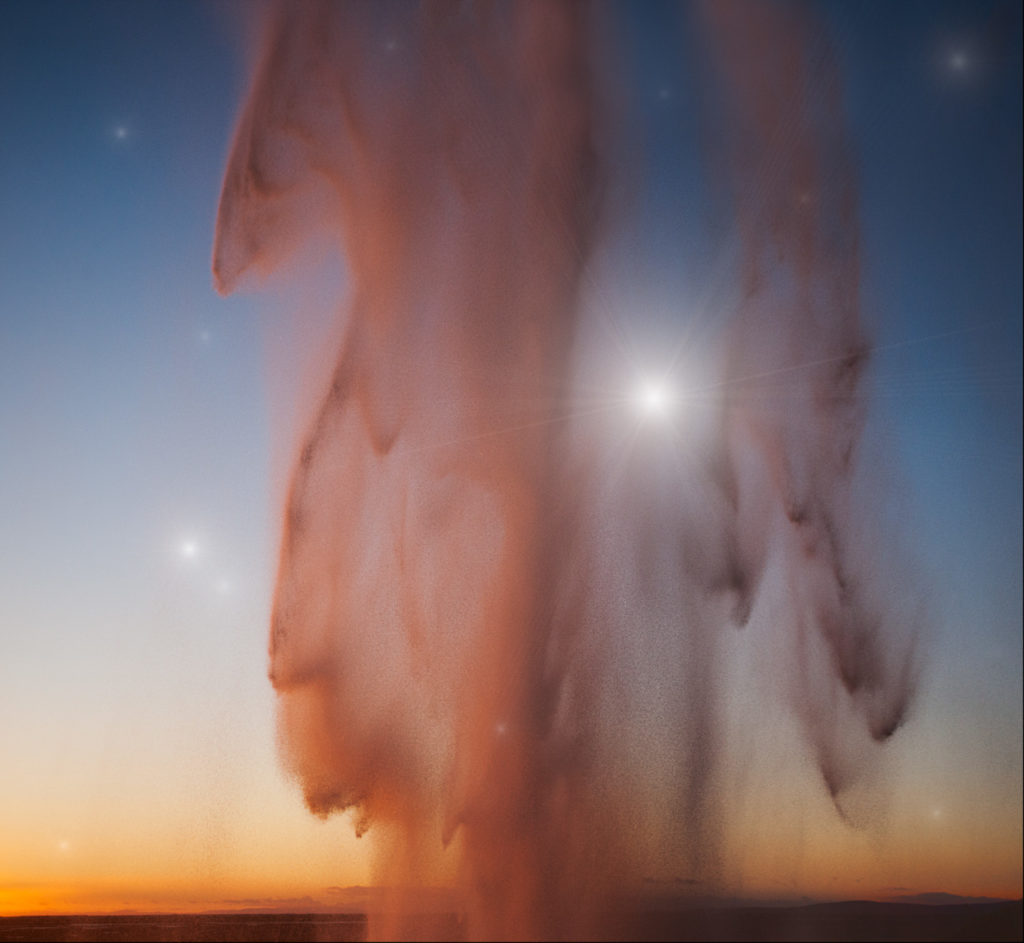
I keep photographing not to find more photographs but to experience more sublime moments. While I’m waiting to make my next pilgrimage to one of the wildest places on the planet, I continue looking for the extraordinary in the ordinary.
These unforgettable occasions of breathtaking beauty change the ways I think and feel about the earth and myself in it as I become aware of possibilities I hadn’t dreamed of before but now dream about constantly. Slices of heaven on earth, such instances of grace fill me with reverence for our extraordinary world and a deep abiding gratitude to be a part of it all. Not just an idea but a felt sensation, I have come to understand more fully how deeply embedded in the web of life we all are. Nature and human nature are inseparable.
sublime – verb
to pass directly from solid to vapor state and/or condense back to solid or to convert (something inferior) into something of higher worth
sublime – adjective
a meeting of the objective-external (physical) and the subjective-internal (emotional): exceeding the ordinary limits of an individual’s capacities, we allow our emotions to overwhelm our rationality as we experience the terrifying wonder of creation.
synonyms
awesome, blissful, delightful, divine, fabulous, fantastic, glorious, heavenly, ideal, magnificent, majestic, marvelous, perfect, rapturous, splendid, stellar, wonderful
See my video Sublime Moments here: bit.ly/3DZMUMi
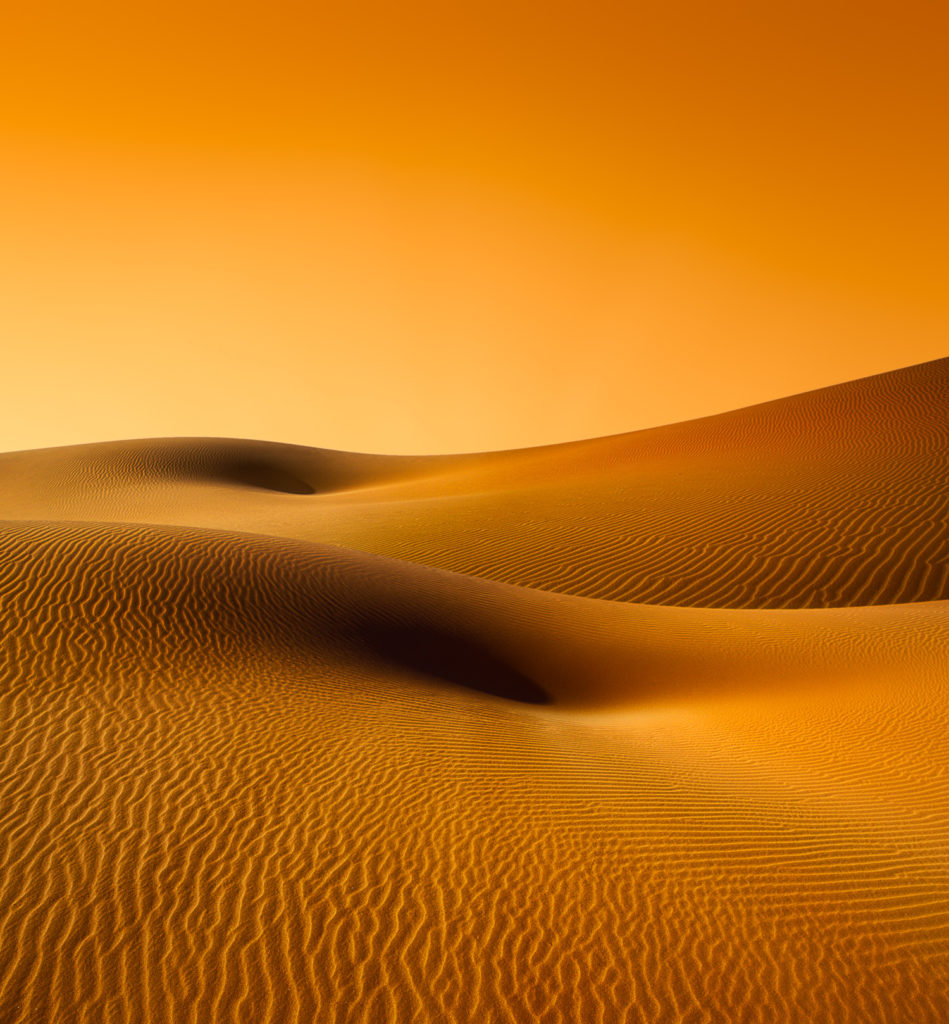
“A camera is a tool for learning how to see without a camera.”
I Photograph to See How I See
Identifying images as important, I become more aware of how the world looks. Using a camera, I learn to see the way it sees and that there are many differences between how its one eye and my two eyes see.
- I only have two eyes and many cameras.
- Each of my eyes has only one lens that dynamically changes shape and thickness while it’s used and degrades over time, while my camera lenses are static but replaced frequently; they can be microscopic or telescopic, often improving in quality.
- The shape of the limits of my vision is spherical, while my cameras’ is rectangular.
- Where my optic nerve connects to my retina, I have a blind spot that my cameras do not.
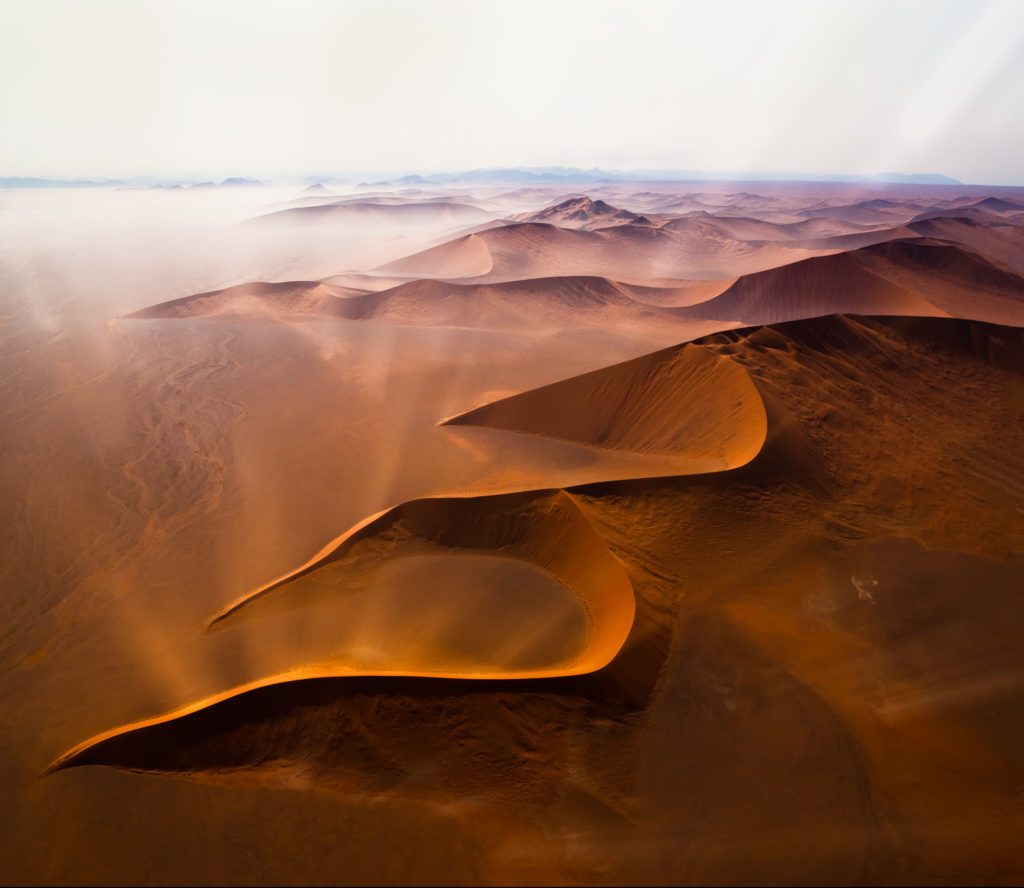
- Unlike the snake who sees infrared or the butterfly who sees ultraviolet, my eyes sense a comparatively narrow range of the electromagnetic spectrum, and my cameras capture three-quarters of that color – unless I replace them with specialized equipment.
- The sensitivity of my eyes ranges between one and eight hundred, while my cameras range between one and one hundred thousand, allowing them to record details my eye cannot see in very bright and low light, like the color of stars.
- One percent of what my eyes see is focussed at any one time, while my cameras can sharply resolve one hundred percent with nearly infinite depth of field.
- My eye is constantly refreshing at approximately a fiftieth of a second while camera eyes can slice a moments into thousands of a second or extend them for minutes, hours, even years; they can be used to choose any amount of motion blur or lack of it.
- My cameras fix time, holding images of the world still permanently, and they can be shared with others, while what my eyes see can only be seen by me and my memory sometimes fails, as the images it contains change, become incomplete, and go missing.
Even though there are many similarities, it’s inaccurate to say that cameras see the way my eyes see. Camera vision expands human vision.
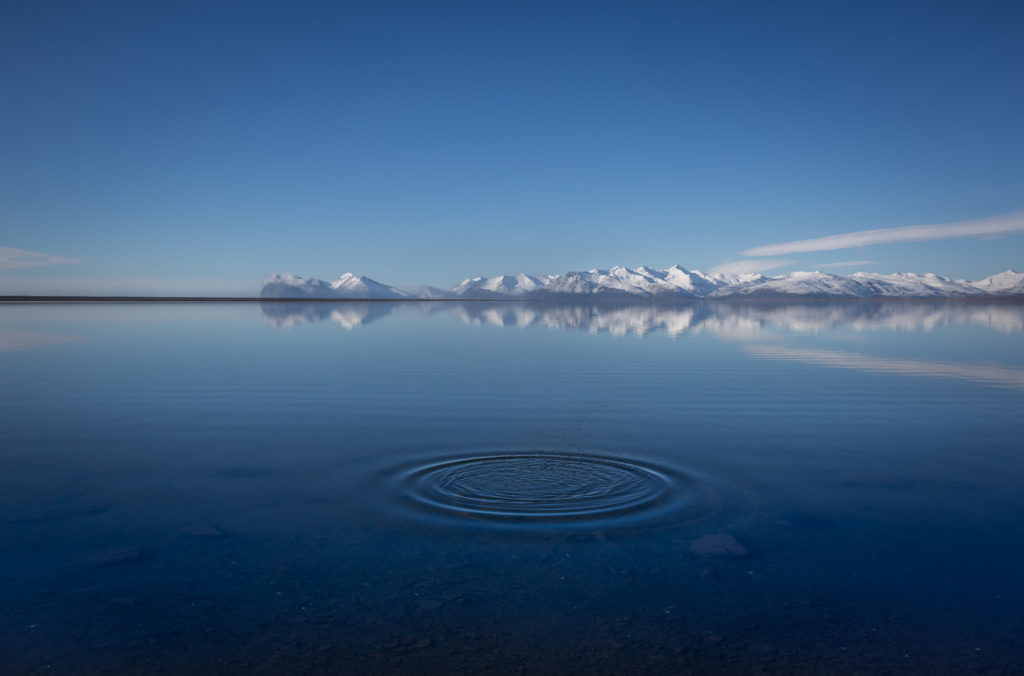
“We see things not as they are. We see things as we are.”
I Photograph to See the Ways I See
I learn the universal language of photography by seeing how other photographers see, and through comparing and contrasting my photographs with others, I learn to see myself. There are a host of shared strategies and techniques we can all choose from. What I do and don’t do and the sensibilities I bring to my practices consistently develop a style. In this way, photographs are simultaneously windows onto my external objective world and mirrors into my internal subjective world within a world. I find it fascinating that different people can photograph the same subject, at the same time, with the same tools, and produce such different images. (I find group reviews the most interesting parts of the workshops I lead.) To one degree or another, a self-portrait, every photograph can be an act of self-discovery. Through photography, I can see myself (and others) seeing over time.
During a Rorschach test, a psychologist asks his patient what he sees. First card; two birds making love. Second card: two cats copulating. Third card; two dogs fornicating. The therapist remarks, “It’s possible that you’re sexually fixated.” The patient responds, “What do you mean? You’re the one who’s showing me all the dirty pictures!”
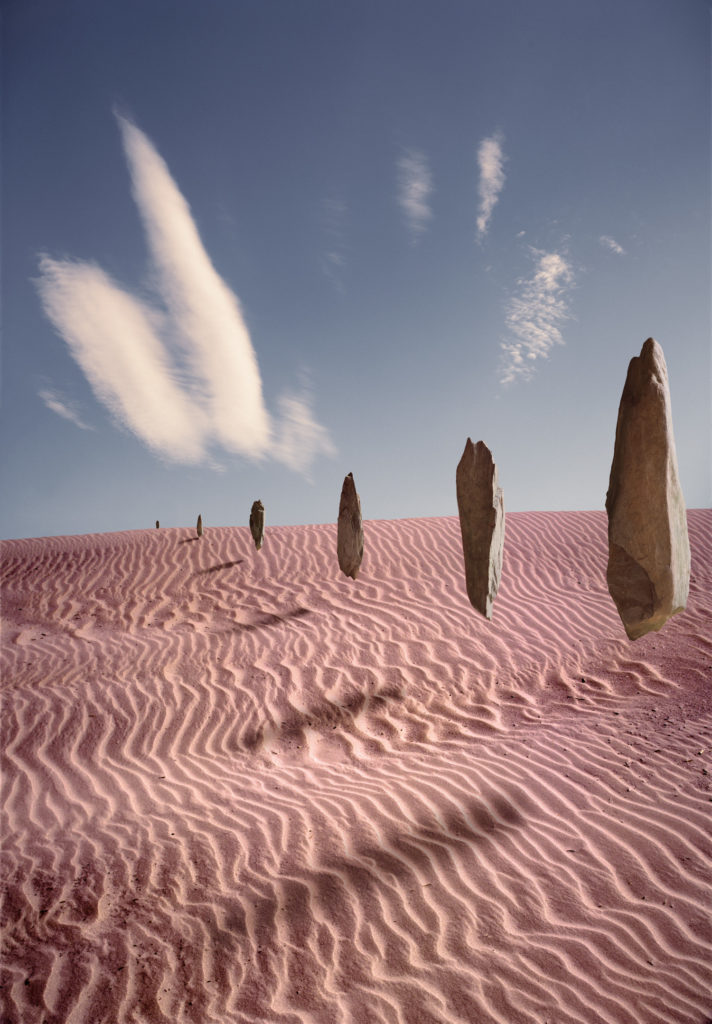
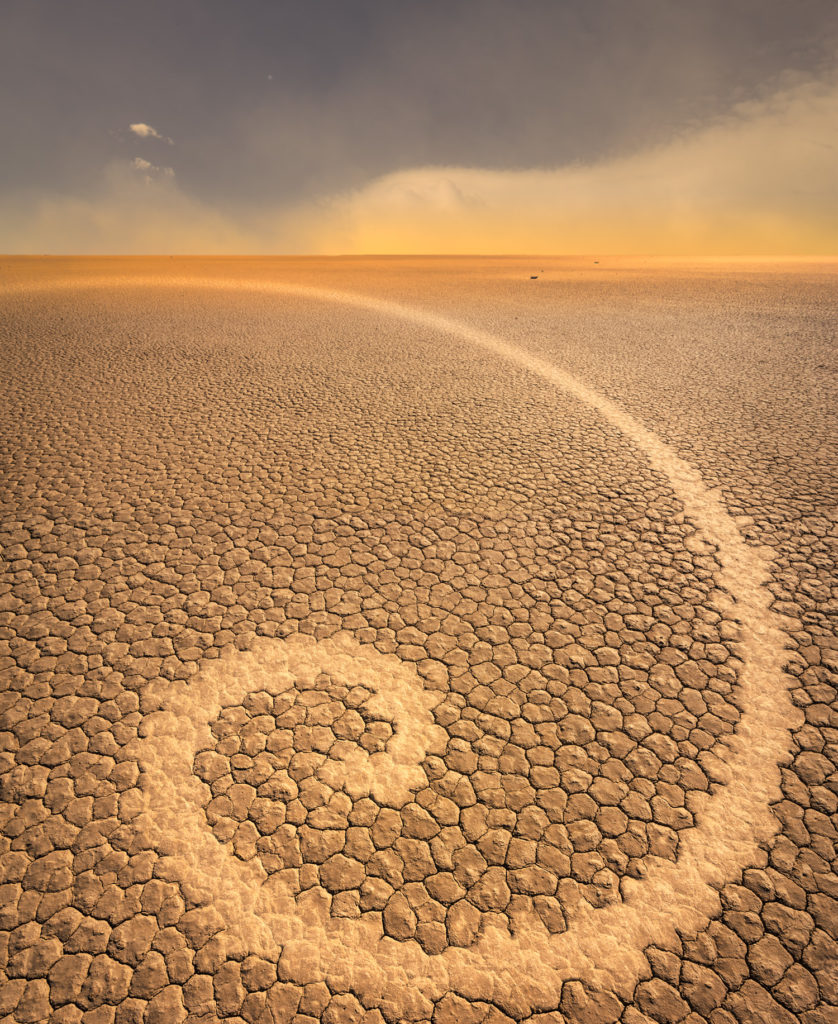
“The real voyage of discovery consists not in seeking new landscapes but in having new eyes.”
I Photograph to Experience Ways of Being
Usually, it’s obvious what a photograph is of; often, it’s more elusive what it is about. (An angle of view is rarely a point of view, a subject is not a theme.) There are as many kinds of photographs as there are reasons for making them. Their natures can be found in the balances struck between content, form, and feeling. More light can be shed on the mystery of an image by identifying its relative position across a spectrum of opposites.
public – private
formal – casual
objective – subjective
durable – ephemeral
document – aesthetic object
(Keep going …)
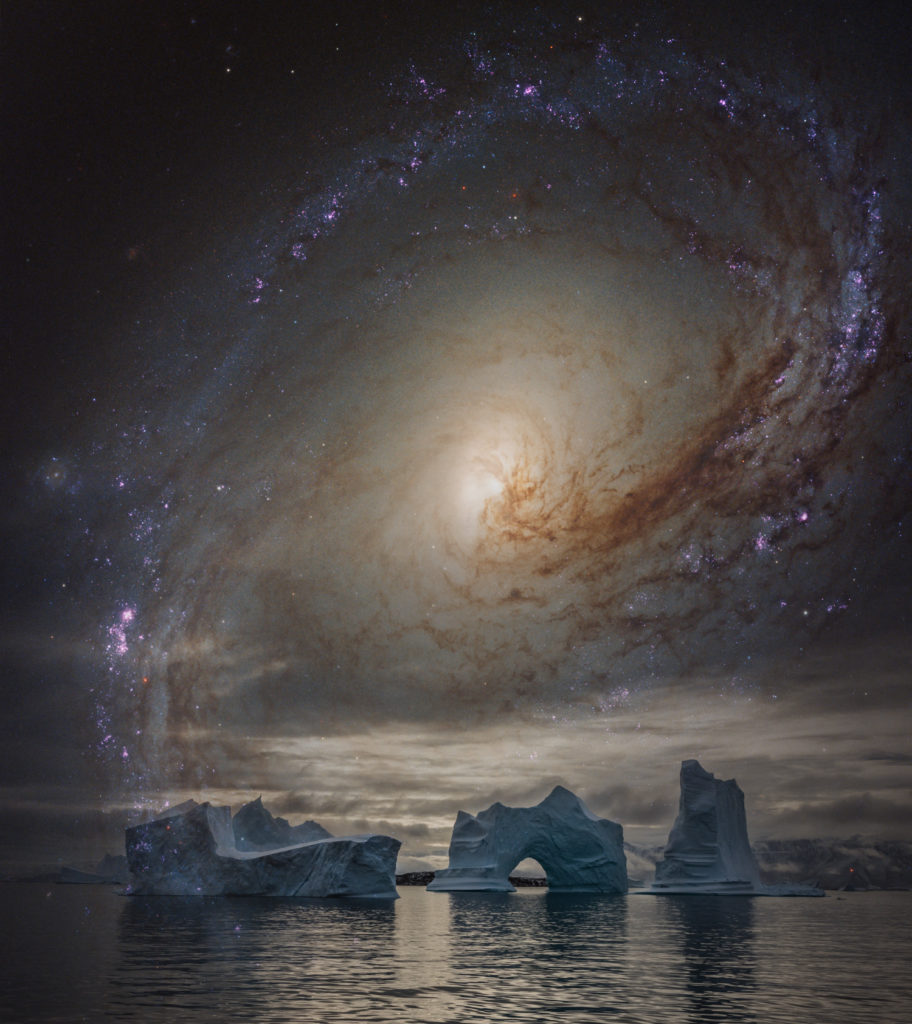
While not making such distinctions limits understanding, art defies singular definitions and embraces many simultaneously, even contradictory ones, creating generative tensions. Art is not over once the artifact is made; a continuing process of reinterpretation keeps it alive.
When I choose a tool, I also choose how to apply it. Deciding how I’ll use a photograph changes the way I create it. Often, I make many different kinds of photographs to better understand what I’m really doing. I change my mindset to find my heartset. What I do physically changes both. Each act offers opportunities for transformation and so self-determination. While I have inherited many ideas and ways of seeing, I can change the ways I see, and so I’m responsible for the ways I choose to see. A way of seeing is a way of being. I choose to see the way I see because that is the way I wish to be. I make the things I make to become the things I want to be.
Listen to my dreams here: bit.ly/3G9bVav
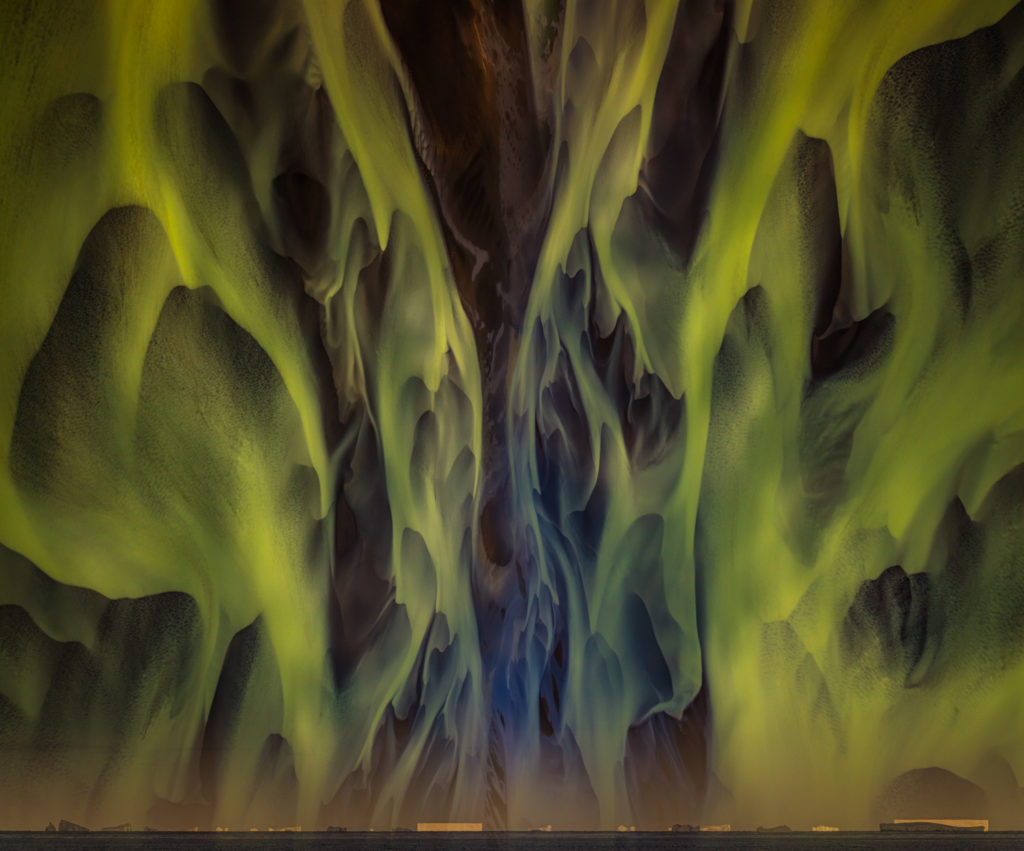
“What we see changes what we know. What we know changes what we see.”
I Photograph to Know When Not to Photograph
Capable of many things, a medium is not a message; it’s a vehicle for discovering and sharing meaning. Its capabilities and limitations open and close different paths of inquiry. While it can be a tool for expanding vision, the camera can also create barriers to perception. I manage my acquisitive hunger for more successful images when it tempts me to think of moments as less ideal because they aren’t picture-perfect. Occasionally, I make an exposure simply to acknowledge the moment, with no intention of doing anything else with it. Sometimes, I turn to other media – video, collage, drawing, writing, audio – and enhance my photographs or photographic projects with them. It helps to know the strengths and limits of each medium and how they can interact with one another. Each medium offers different experiences and so different ways of being – for the creator and the observer. To become more creative, I study creativity. I cultivate flexible mindsets. Like this essay, with my images, I create networks of hybrid forms to be more mindful.
“No surprise for the writer, no surprise for the reader.”
View my ebook Studies here: bit.ly/34zQkUX
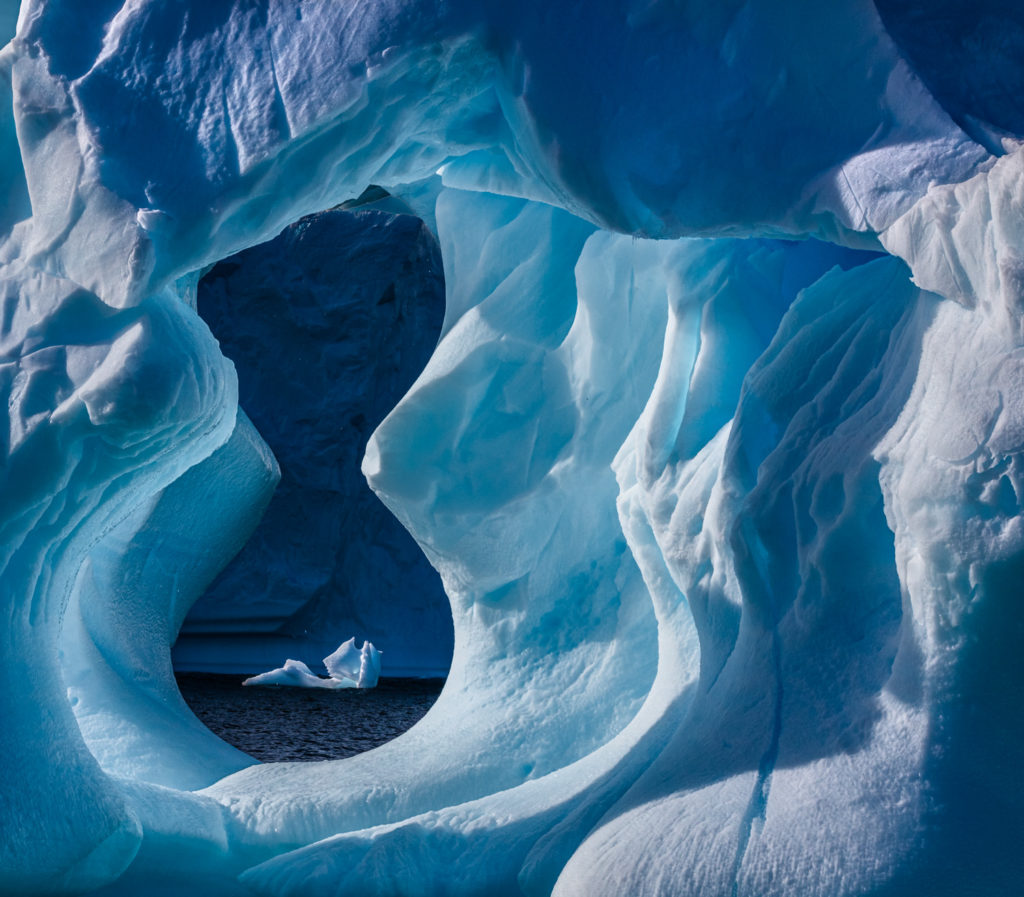
I Photograph to Ask Questions
Questions guide creativity, which is not limited to the arts. Many scientists feel that ninety percent of a solution can be found in asking the right questions in the right ways. Many businessmen ask questions repeatedly to reveal underlying assumptions and core values.
Why do I photograph?
Photography is an adventure.
Why?
Photographs help me see more and see more deeply.
Why?
I see myself seeing in my photographs.
Why?
When I make photographs, I pay closer attention and savor more moments.
Why?
Because the world is wonderful, and I am a part of it.

Though useful, my answers are not as important as continuing the process. Hopefully, my art will inspire you to pursue your creativity with even more passion than it already possesses you with.






